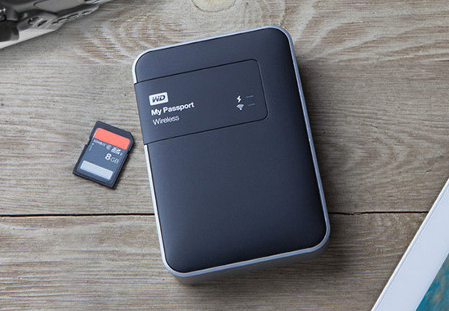Creating a detailed guide on selecting, using, and maintaining a backup portable drive for SD cards can be quite comprehensive.
Importance of Backing Up SD Cards:
Discuss why backing up SD cards is crucial for photographers, videographers, and content creators.
Mention the risks of data loss and the peace of mind that comes with having a reliable backup.
Overview of Portable Backup Drives:
Briefly explain what portable drives are and how they can serve as an essential tool for storing and securing SD card data.

1. Types of Portable Backup Drives
HDD vs. SSD:
Define Hard Disk Drives (HDD) and Solid-State Drives (SSD).
Compare speed, durability, and price.
Dedicated SD Card Backup Devices:
Introduce devices specifically designed to back up SD cards without needing a computer.
Discuss features like built-in SD card slots, battery life, and ease of use.
Portable SSDs with SD Card Readers:
Highlight portable SSDs that include built-in SD card readers.
Mention the convenience and time-saving benefits.
2. Key Features to Consider When Choosing a Portable Backup Drive
Storage Capacity:
Discuss typical storage needs based on different use cases (e.g., amateur vs. professional use).
Offer advice on selecting the right capacity based on the number of SD cards and their sizes.
Transfer Speed:
Explain the importance of fast data transfer, especially for large files like videos.
Compare USB 3.0. USB-C, and Thunderbolt connections.
Portability and Durability:
Talk about size, weight, and ruggedness.
Emphasize the importance of a drive that can withstand rough conditions if used in outdoor settings.
Battery Life (for standalone devices):
Discuss the importance of battery life, especially for devices that back up SD cards without a computer.
Mention options for external battery packs.
Compatibility:
Address compatibility with various operating systems (Windows, macOS, Android).
Mention the need for compatibility with different SD card formats (e.g., SD, SDHC, SDXC).
3. How to Use a Portable Drive to Back Up SD Cards
Manual Backup Process:
Step-by-step instructions on connecting an SD card to a portable drive via a computer.
Explain the process of copying files manually.
Using Dedicated Backup Devices:
Describe the process of using standalone devices with built-in SD card readers.
Include details about setting up and initiating the backup.
Automated Backup Solutions:
Discuss software that can automate the backup process.
Mention any specific tools or applications that simplify this task.
4. Best Practices for Managing Backups
Organizing Your Files:
Tips for creating a consistent and logical file structure.
The importance of regularly cleaning up and organizing your backups.
Verifying Backup Integrity:
Steps to ensure that backups are complete and data is not corrupted.
Discuss the benefits of using checksum verification.
Regular Backup Schedule:
Advice on setting a regular backup schedule to avoid data loss.
Mention tools that can remind or automate this process.
5. Recommended Portable Backup Drives for SD Cards
Top Picks for Different Needs:
Provide a list of recommended drives for various use cases (e.g., best for photographers, videographers, casual users).
Budget-Friendly Options:
Mention reliable, lower-cost options for those on a budget.
High-End Solutions:
Highlight premium drives for professionals who need the best performance and features.
Conclusion
Recap the Importance of Backing Up:
Reinforce the key points made throughout the guide.
Final Thoughts:
Encourage readers to invest in a reliable backup solution to protect their data.
Mention the long-term benefits of regular backups.
About us and this blog
Panda Assistant is built on the latest data recovery algorithms, ensuring that no file is too damaged, too lost, or too corrupted to be recovered.
Request a free quote
We believe that data recovery shouldn’t be a daunting task. That’s why we’ve designed Panda Assistant to be as easy to use as it is powerful. With a few clicks, you can initiate a scan, preview recoverable files, and restore your data all within a matter of minutes.

 Try lt Free
Try lt Free Recovery success rate of up to
Recovery success rate of up to









